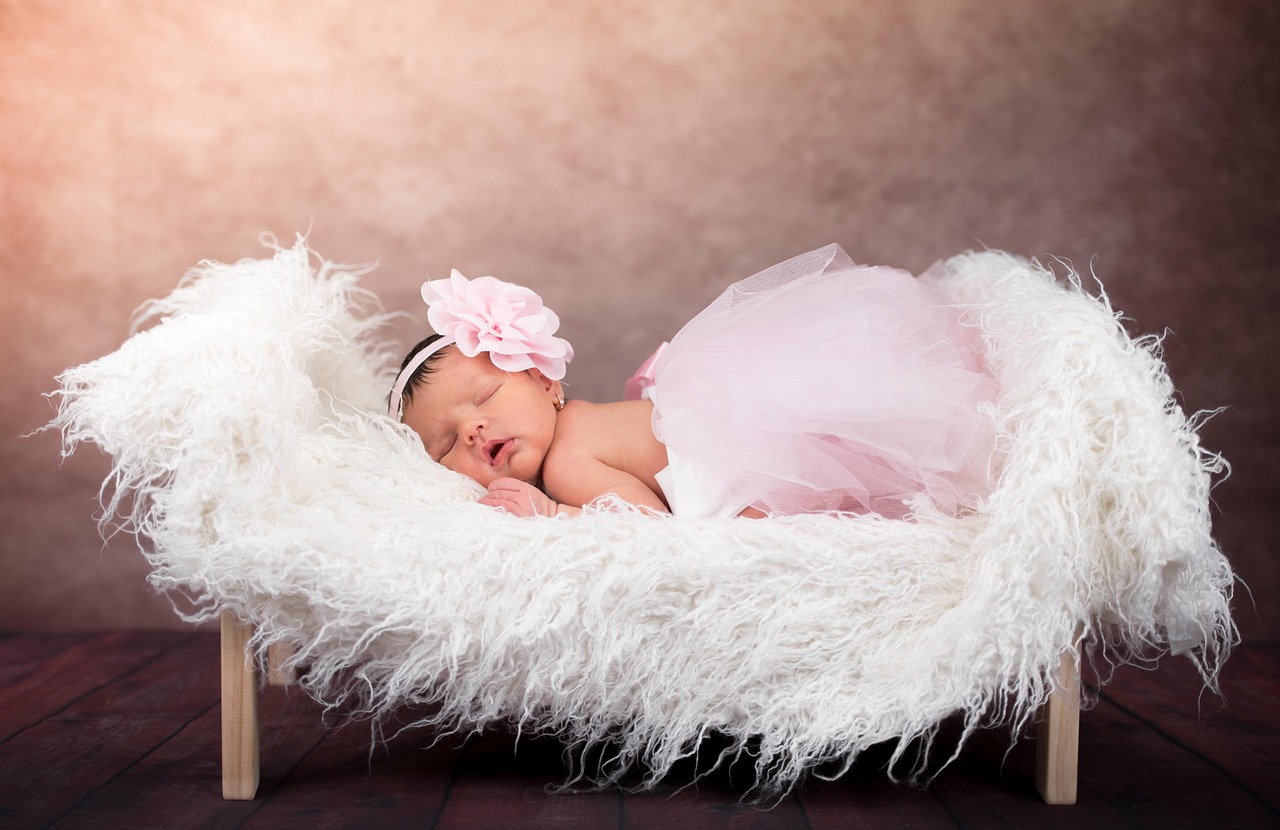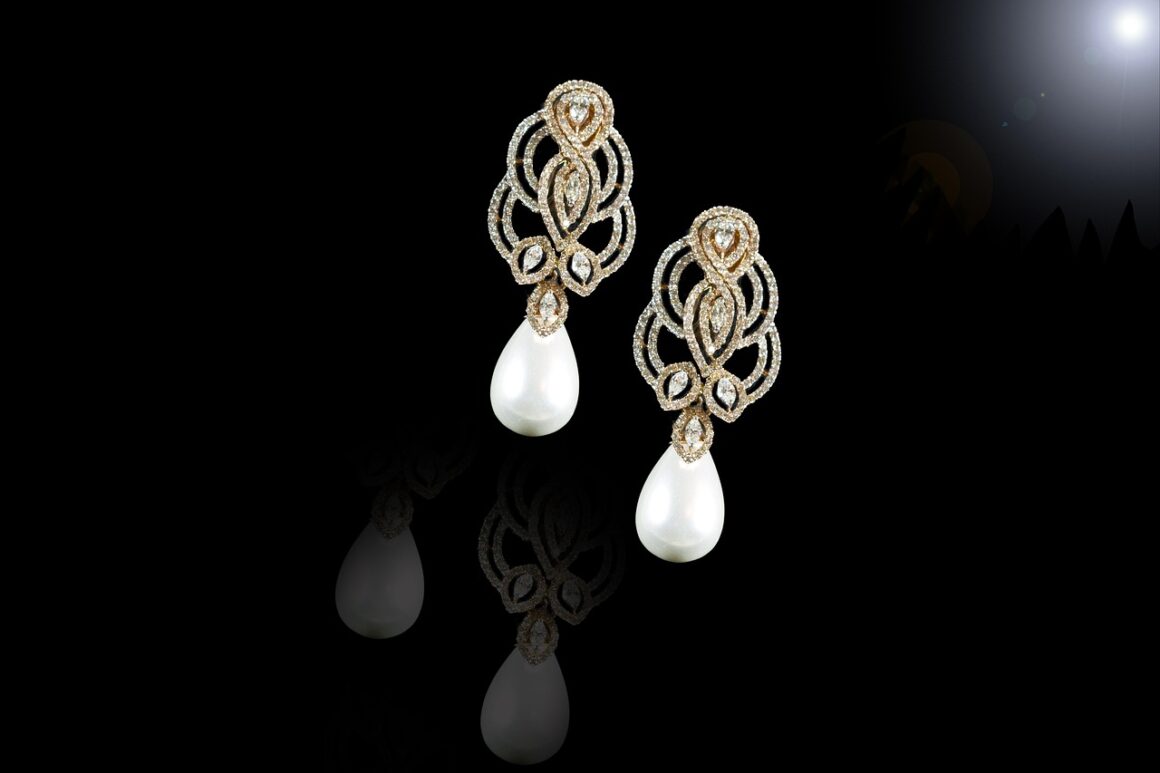Social media has transformed how parents approach baby fashion, turning what was once a purely practical consideration into a complex interplay of style, status, and viral trends. This shift has created a new paradigm where infant wardrobes are curated not just for comfort and functionality, but for their potential to generate likes, shares, and social validation.
The easy accessibility of baby clothes in e-commerce stores makes impulse purchases even easier. But while social media is a good source of inspiration, a respectable toddler clothing website will advise against emotional decisions based on trends alone. After all, safety and health should be your primary considerations when shopping for clothes.
So, why does social media influence parents so much? And can one achieve a balance between trends and practicality?
The Rise of Instagrammable Baby Clothing
The concept of Instagrammable baby fashion has emerged as a dominant force in the industry. Visually focused networks drive parents to purchase cute, picture-worthy baby clothes and accessories. This phenomenon extends beyond simple aesthetic preferences to encompass strategic content creation, where parents carefully curate their children’s wardrobes to align with popular visual themes and trending hashtags.
The characteristics of Instagram-worthy baby clothing include:
| Visual Element | Consumer Preference | Market Response |
| Color palette | Soft pastels, earth tones | Increased production of muted colors |
| Patterns | Minimalist, geometric designs | Shift away from busy prints |
| Styling | Layered, coordinated looks | Growth in mix-and-match collections |
| Photography appeal | High contrast, texture variety | Premium fabrics with visual interest |
| Brand visibility | Subtle logos, hashtag-friendly | Designer collaborations increase |
This shift has fundamentally altered product development cycles, with brands now designing specifically for social media aesthetics rather than purely functional considerations.
Influencer Culture and Baby Fashion Trends
The emergence of baby influencers represents one of the most significant developments in digital-age infant fashion, creating new paradigms for marketing and consumer behavior.
The Baby Influencer Phenomenon
Many millennial parents are grooming their babies as mini influencers from birth, with baby model agencies experiencing unprecedented growth. The process typically involves:
- Creating dedicated social media accounts from birth;
- Partnering with brands for sponsored content;
- Styling babies in specific outfits for promotional posts;
- Building follower bases through consistent posting;
- Monetising content through brand collaborations.
This trend has raised significant ethical and legal concerns, particularly regarding children’s rights and labor law compliance.
Viral Trends and Their Impact on Consumer Behavior
Social media’s viral nature has accelerated fashion cycles in the baby clothing industry, creating rapid shifts in demand and consumer preferences.
Platform-Specific Trend Acceleration

Different social media platforms contribute unique characteristics to baby fashion trends. Lately, TikTok has been a key platform for social commerce, and its algorithm-driven content discovery has allowed previously unknown brands to achieve viral success overnight.
Key viral trend categories include:
- Matching outfits: Twin coordination, family matching sets.
- Milestone clothing: Month-by-month photo shoots, first holiday outfits.
- Seasonal themes: Holiday costumes, weather-appropriate styling.
- DIY fashion: Handmade accessories, customised clothing.
- Unboxing content: Subscription box reveals, haul videos.
Viral social media campaigns have proven highly effective for baby brands, but their benefits for children remain questionable at best.
The Psychology of Social Media Parenting
The motivations behind social media baby fashion choices reveal deep cultural shifts in modern parenting. Parents report feeling pressure to maintain a certain aesthetic standard, leading to increased spending on premium clothing that photographs well.
The Curation of Digital Childhood
The digital documentation of childhood has transformed clothing choices into conscious curatorial decisions. Parents now consider how each outfit will appear in the digital record of their child’s early years, leading to:
- Strategic wardrobe planning around photo opportunities;
- Investment in higher-quality, photogenic clothing;
- Coordination with home décor and seasonal themes;
- Consideration of brand visibility and social messaging;
- Planning outfits around content creation schedules.
This level of intentionality represents a fundamental shift from previous generations’ more spontaneous approach to children’s clothing.
Future Implications and Emerging Trends
Emerging technologies promise to further transform the baby fashion industry. Augmented reality try-on experiences, AI-powered styling recommendations, and virtual influencer collaborations could be the next frontier of social commerce in baby clothing.
The integration of social media platforms with e-commerce functionality keeps simplifying the path from inspiration to purchase, making impulse buying increasingly
frictionless.
However, growing awareness of the psychological and ethical implications of social media parenting is beginning to influence consumer behavior. Parents are increasingly seeking a balance between social media engagement and child privacy, which leads to an increased demand for clothing that is healthy, functional, and photogenic.
Verdict: Prioritize Quality Over Trends
While social media has transformed baby fashion into a visually driven phenomenon, the healthiest approach for parents is maintaining perspective and prioritizing what truly matters for their child’s well-being. Responsible parenting means embracing social media inspiration while maintaining healthy boundaries.
The most practical approach involves creating a capsule wardrobe of versatile, high-quality basics that can be mixed and matched in multiple ways. This strategy serves both aesthetic and practical purposes, providing plenty of photo opportunities while also ensuring the right investment in a sustainable and sensible wardrobe for your child.





